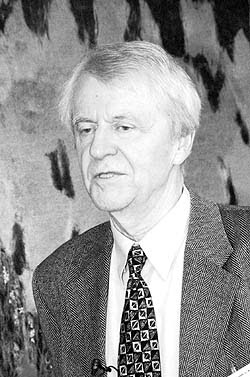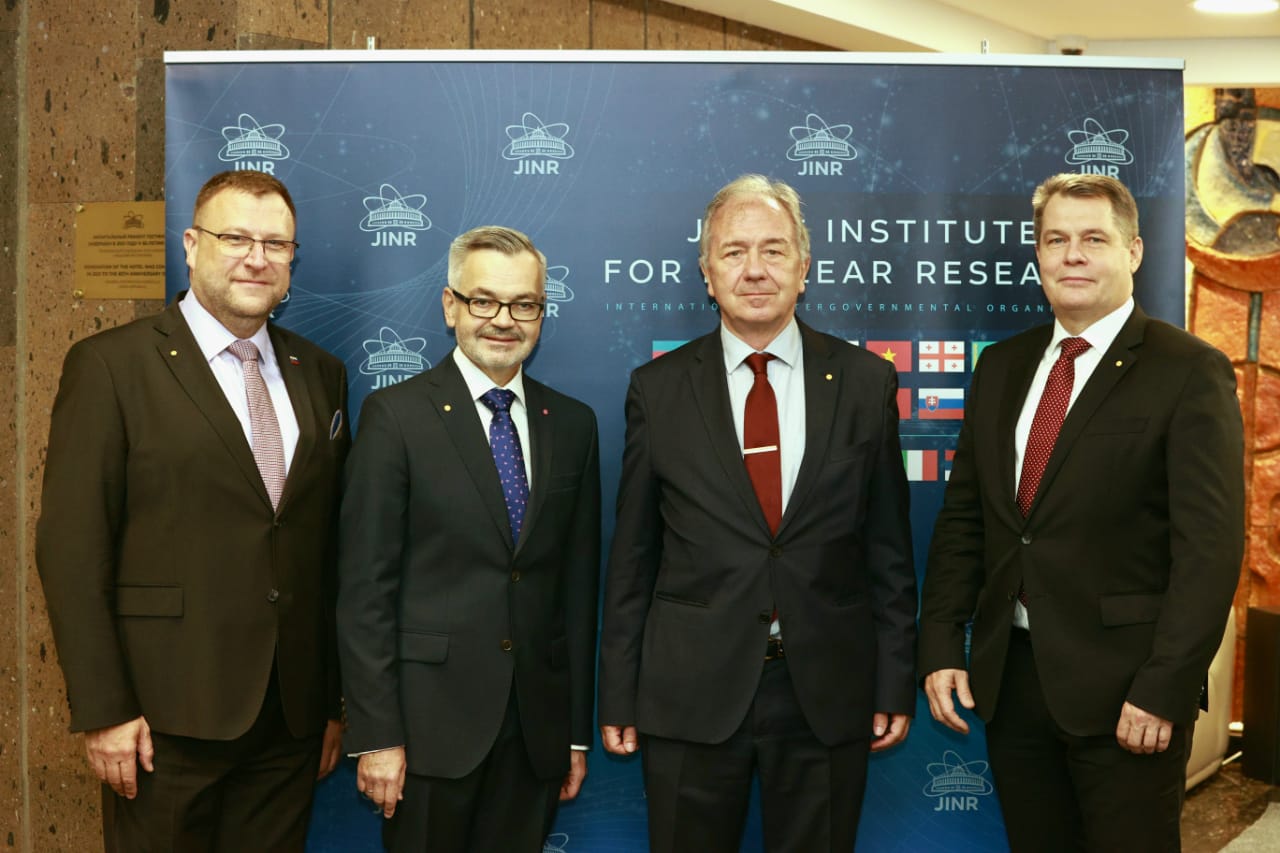Particles with similar LET values generate DNA breaks of different complexity and reparability: a high-resolution microscopy analysis of gamma H2AX/53BP1 foci
Author
| Ježková Lucie, Ing. | Istitute of Chemical Technology Prague, JINR Dubna |
| Falková Iva, RNDr., Ph.D. | Institute of Biophysics ASCR |
| Krasavin E.A. | JINR |
| Davídková Marie, Ing. CSc. | Nuclear Physics Institute of the ASCR |
| Kozubek Stanislav, doc. RNDr. DrSc. | Institute of Biophysics ASCR |
| Falk Martin, RNDr. Ph.D. | Institute of Biophysics ASCR |
| et al. | different institutions |
Year
2018
Scientific journal
Nanoscale, 10 (3), 1162-1179
Web
Abstract
Biological effects of high-LET (linear energy transfer) radiation have received increasing attention, particularly in the context of more efficient radiotherapy and space exploration. Efficient cell killing by high-LET radiation depends on the physical ability of accelerated particles to generate complex DNA damage, which is largely mediated by LET. However, the characteristics of DNA damage and repair upon exposure to different particles with similar LET parameters remain unexplored. We employed high-resolution confocal microscopy to examine phosphorylated histone H2AX (gamma H2AX)/p53-binding protein 1 (53BP1) focus streaks at the microscale level, focusing on the complexity, spatiotemporal behaviour and repair of DNA double-strand breaks generated by boron and neon ions accelerated at similar LET values (similar to 135 keV mu m(-1)) and low energies (8 and 47 MeV per n, respectively). Cells were irradiated using sharp-angle geometry and were spatially (3D) fixed to maximize the resolution of these analyses. Both high-LET radiation types generated highly complex gamma H2AX/53BP1 focus clusters with a larger size, increased irregularity and slower elimination than low-LET gamma-rays. Surprisingly, neon ions produced even more complex gamma H2AX/53BP1 focus clusters than boron ions, consistent with DSB repair kinetics. Although the exposure of cells to gamma-rays and boron ions eliminated a vast majority of foci (94% and 74%, respectively) within 24 h, 45% of the foci persisted in cells irradiated with neon. Our calculations suggest that the complexity of DSB damage critically depends on (increases with) the particle track core diameter. Thus, different particles with similar LET and energy may generate different types of DNA damage, which should be considered in future research.
Cite article as:
L. Ježková , I. Falková, E. Krasavin, M. Davídková, S. Kozubek, M. Falk, . et al., "Particles with similar LET values generate DNA breaks of different complexity and reparability: a high-resolution microscopy analysis of gamma H2AX/53BP1 foci", Nanoscale, 10 (3), 1162-1179 (2018)


 MINISTR ŠKOLSTVÍ KE SPOLUPRÁCI ČR S SÚJV
MINISTR ŠKOLSTVÍ KE SPOLUPRÁCI ČR S SÚJV INTEREST JINR, Wave 6
INTEREST JINR, Wave 6 The passing of Ivo Zvára
The passing of Ivo Zvára Call for the projects solved in collaboration with JINR (Projects 3+3)
Call for the projects solved in collaboration with JINR (Projects 3+3)  Call for the Grants of the Plenipotentiary of the Government of the Czech Republic in JINR
Call for the Grants of the Plenipotentiary of the Government of the Czech Republic in JINR Czech Ambassador in Russia visited JINR
Czech Ambassador in Russia visited JINR INTEREST JINR, Wave 5
INTEREST JINR, Wave 5 Russia Visa Centre
Russia Visa Centre Working Stays CR - JINR 2022
Working Stays CR - JINR 2022